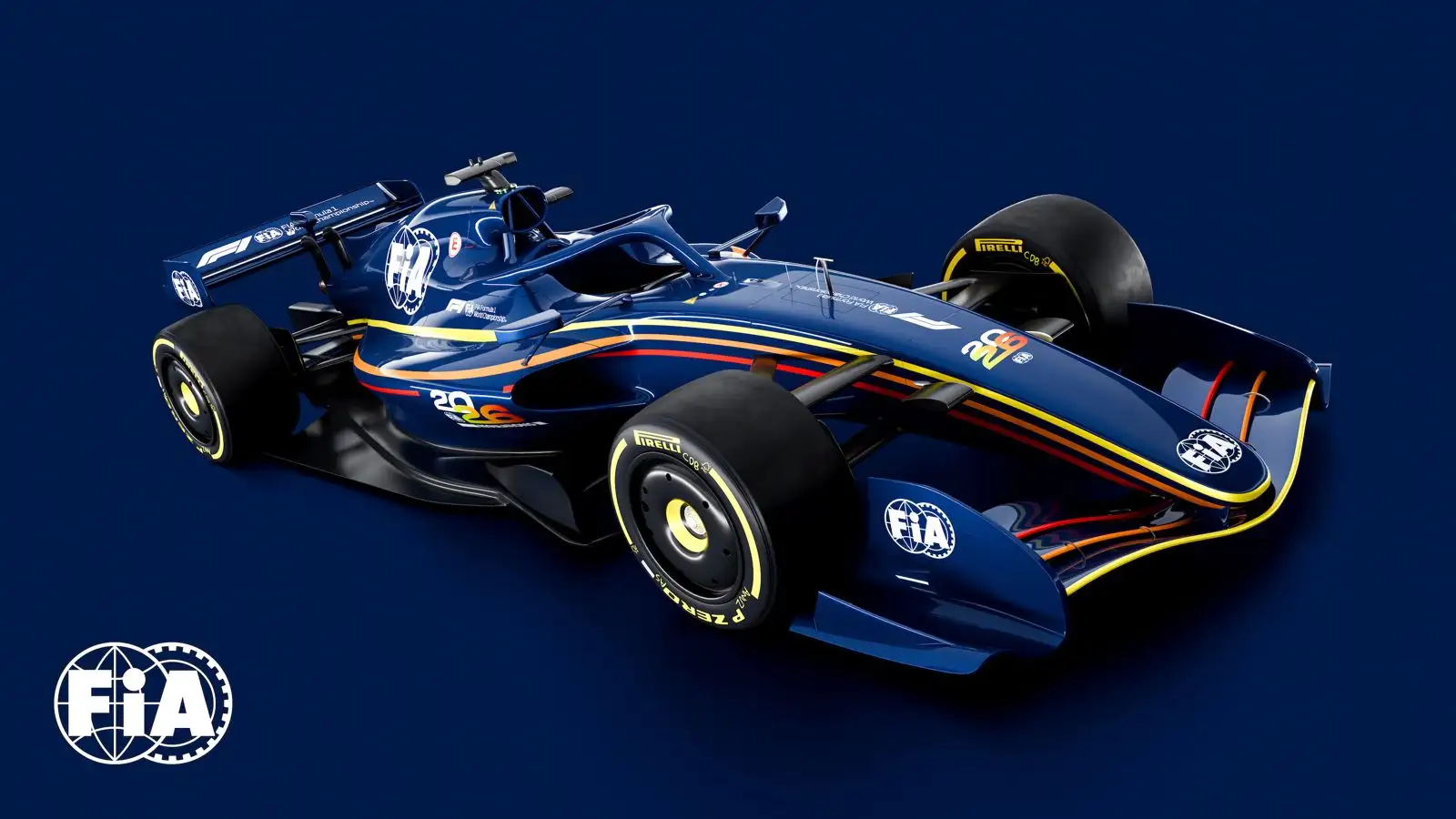Sports
FIA make major concession over F1 2026 rules after big regulations reveal

FIA director of single seaters Nikolas Tombazis admitted there has been a “varied reaction” to the F1 2026 regulations among the teams, since they were revealed.
The much-anticipated chassis regulations were revealed publicly ahead of the Canadian Grand Prix last weekend, but remain subject to further discussion before planned approval by the World Motor Sport Council at the end of June.
FIA admit to ‘clearly some concern’ over F1 2026 rules
The FIA released the details of the F1 2026 chassis last week, which included the concept of a more “nimble” car by making the car slightly shorter, narrower and reducing its minimum weight requirements by 30kg come the F1 2026 season.
Drivers had voiced worries about how teams will go about achieving that minimum weight target, with Max Verstappen calling it “wishful thinking” at this point to try and shave that much weight off the cars when increased electrical power is in use alongside heavy but necessary safety features.
George Russell also raised safety concerns over the potential increased top speeds in play, with reduced drag set to be in place on straights with the cars’ active aerodynamics systems.
Tombazis explained there has been positive reaction to the new regulations among the teams so far, but stressed that the regulations are yet to be approved – so changes are likely to be made before they reach their final form.
“There’s been quite a varied reaction,” Tombazis said in Canada.
“There’s been a lot of positive reaction in terms of supporting our aims. There’s clearly some concern expressed by some drivers or some teams.
“Let me say a few things here. First of all, these regulations are not yet approved. We are presenting them to the World Council on Tuesday in a very extensive manner – the aim being to have them approved by the World Council towards the end of the month, but that’s still not the case.
What do we know about the F1 2026 season so far?
👉 Should F1 2026 rules be delayed after Canadian GP revealed potential of current regulations?
👉 F1 2026 rules: FIA announce game-changing DRS, ERS tweaks for new-look cars
“Additionally, I would say that we clearly wanted to share these things with the media early because we didn’t want things to leak from teams, we just wanted the media to get the full picture early on.
“But finally – the most important of all I would say – the World Council discussion and hopefully the approval is the first step.
“We’re not in the final set of regulations yet. We do have quite a few things that we need to define and discuss with the teams.
“We are fully conscious of some of the concerns of level of downforce of the cars or straight-line speed and these are things that we class as the refinements that still need to take place.
“So between the end of the month, when these regulations will hopefully be published, and the start of 2025, when teams can start aerodynamic development – because they cannot start earlier – we do expect a reasonable amount of extra work to be done in full consultation with the teams, with FOM and everybody else.
“Hopefully that will then lead to some refinements that will be submitted to the World Council maybe a bit later in the year and hopefully approved.”
Jan Monchaux, the FIA’s single-seater technical director, explained talks are still taking place with the teams over the new regulations – and there is still scope for crucial design freedom within the frameworks set out by the governing body last week.
“We are still in discussion and we are always in discussion with the teams,” he explained.
“They have expressed concerns for sure. Typically, teams are always a bit reluctant at implementing large changes, so it’s a bit of an ongoing compromise that needs to constantly be found.
“As Nikolas said, the approach we had, since we needed to respect the framework in terms of date of publication, the regulation as has been presented now and which hopefully will be voted is probably the most restrictive teams will be seeing.
“Because we think also it’s going to be far easier in the next months to start increasing the freedom and review some aspects of the regulation which potentially currently are far too constrained than the other way around, because they will all agree on having more freedom.
“If we had gone the other way around and effectively have something like providing a lot of freedom in their ability to design the cars, we would potentially realise in October or November on that one, we don’t necessarily want because it might put at risk some of the targets we want to achieve with these new regs.
“So it’s simply the approach we think is more reasonable, to effectively, now, step-by-step, since we have, I think, a solid basis to start discussion, to review some areas where for the moment we offer little or no freedom, if we convince ourselves with the support of the active support of the team to potentially, to say: ‘OK, in this area you can do more.’
“It’s OK for us. You have more freedom because we are convinced, through work that we’ll have to do, that it’s not going to put at risk all the high-level objectives Nikolas mentioned, the nimble car, which comes with reduction of weight, which comes with some reduction of downforce.
“And I think the process like this will be working because it’s pretty much straightforward because it will always say yes for more freedom.”


)






